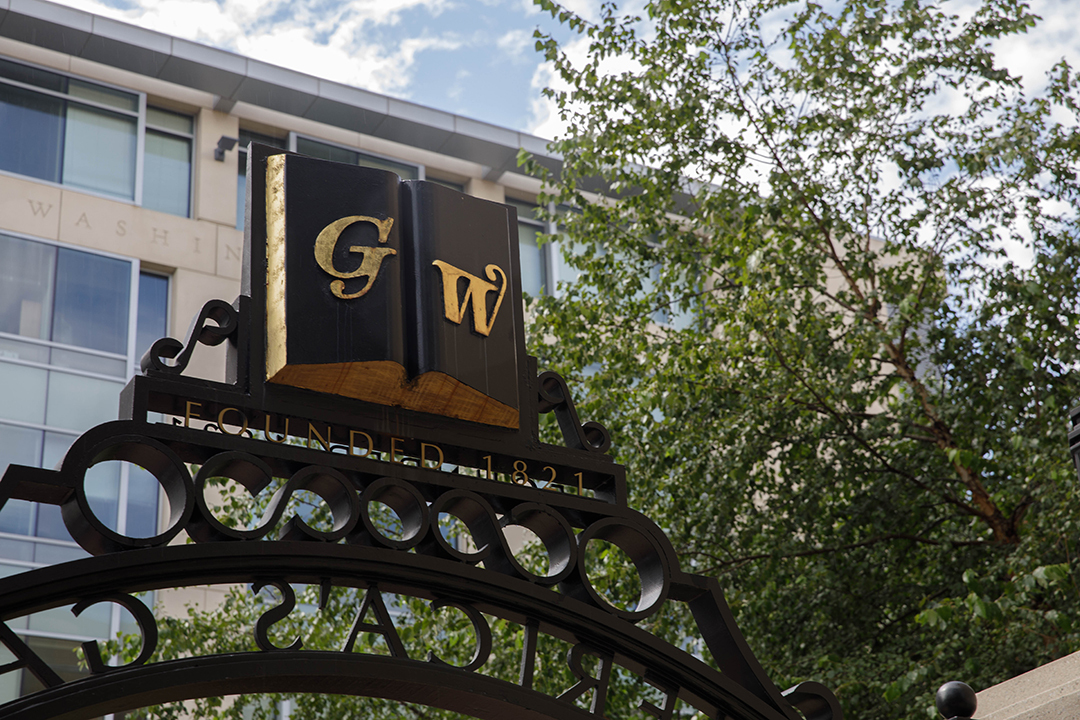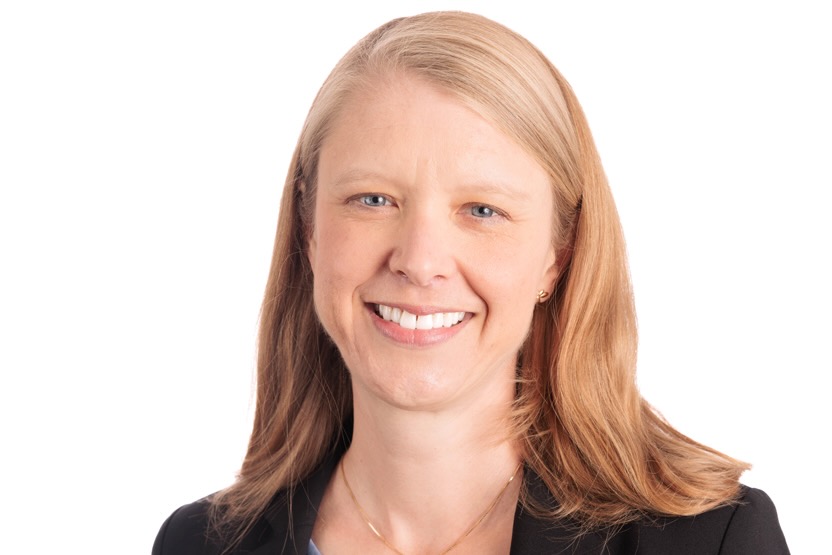Middle and high school students in District of Columbia Public Schools (DCPS) and charter schools searching for additional pathways after graduation will have opportunities to learn more about apprenticeships through Project EXPAND, a new initiative that aims to help educators provide students with more options as they plan their futures.
Project EXPAND was created by the Department of Special Education and Disability Studies at the Graduate School of Education and Human Development (GSEHD) at George Washington University in partnership with the D.C. Department of Employment Services Office of Apprenticeship, Information and Training(DOES OAIT).
In 2022, DOES OAIT announced it was seeking proposals for programs that would work with local school districts to help educators learn about apprenticeships as a viable post-high school option and prepare students to develop in-demand academic and technical skills.
The Department of Special Education and Disability Studies wrote a proposal for an immersive program aimed at engaging D.C. educators in innovative professional learning experiences focused on apprenticeships.
Beth Tuckwiller, department chair and an associate professor of special education and disability studies, said their goal was to offer educators collaborative professional learning experiences and the opportunity to connect with local registered apprenticeship provider programs through immersive experiences, including visits to apprenticeship training centers and job sites.
“So the educators can take that experiential knowledge, as well as what they're learning in our professional learning sessions and think about how they can expand knowledge in their school communities about apprenticeships,” Tuckwiller said.
She explained there are many benefits of apprenticeships for students looking into other options besides directly entering the workforce or going straight to college after graduating high school.
“Apprenticeships have been around for a long time,” Tuckwiller said. “A lot of people associate apprenticeship programs with the trades. But apprenticeships have also opened up to what are considered nontraditional pathways now. For example, you can now complete an apprenticeship in cybersecurity, solar panel installation or business management.”
A company can become a registered apprenticeship provider either through state apprenticeship agencies or by registering through the U.S. Department of Labor.
Tuckwiller said it is important that an apprenticeship is registered because that means the program aligns with the Department of Labor’s best practices and ensures students are connected with an expert mentor.
Another big benefit, Tuckwiller said, is through a registered apprenticeship students don’t have to pay to learn a trade or skill, but instead get paid to learn.
“And many of the skills and trades you can learn through apprenticeship programs are very lucrative,” Tuckwiller said. “But a lot of students don't even know about apprenticeships as a viable pathway.”
She explained there are many reasons students may seek out an alternative to college, including the cost of higher education or not wanting to continue learning in a traditional classroom setting.
Students who don’t choose a traditional route after high school may think they have limited options, which is why Project EXPAND was created.
“It’s about engaging educators in professional learning and EXPANDing opportunities for students,” Tuckwiller said. “This project is not about minimizing the importance and benefits of college, but instead expanding options, opportunity and a vision for what a really fulfilling, sustaining future can look like. Apprenticeships can be a pathway to increase equitable opportunities in terms of career, earnings and options.”
There are over 300 registered apprenticeship providers in D.C. in many sectors including construction, infrastructure, hospitality, law enforcement, health care and information technology.
According to the U.S. Department of Labor’s most recent data on apprenticeships, in the 2021 fiscal year, in D.C. there were 6,507 active apprentices and 367 active apprenticeship programs. Nationwide, in 2021, more than 241,000 new apprentices entered the national apprenticeship system.
Brian O'Connor, a doctoral student in special education and disability studies at GSEHD and a special education teacher with DCPS, is one of the local teachers participating in Project EXPAND.
O’Connor has been attending the learning sessions for educators hosted by Project EXPAND. He believes this program will be beneficial to students in terms of helping them find their footing once they leave high school.
He said part of what he does as a special education teacher is work with students and their families on a transition plan for once they finish high school. He said understandably, for students and their families, there can be some anxiety and nervousness around taking that next step.
“There may be some anxiety about their child leaving the school and the teachers that they know and the support they have,” O’Connor said. “So this program was developed so that students aren’t finishing high school and scrambling to find something. Instead, they are learning a trade, getting paid and will be a trained employee ready to start a career. That’s the goal.”
O’Connor said there are a lot of considerations educators who are involved in Project EXPAND are making as they ascertain how to provide the best options and opportunities for their students through apprenticeship pathways, including accessibility.
“We want to reassure both students and their families that the training programs will be cognizant of their disabilities and work with them just like they do at school,” O’Connor said. “We want it to be equitable and accessible. With training and guidance, the students can become a meaningful part of the team at the trade site.”
He said his biggest hope with this project is that students of all ability levels will find a trade that suits them and will lead to a meaningful career.
O’Connor said as a special educator, when he sees his students getting ready to leave high school, one of his biggest hopes is students can gain independence as they transition into adulthood.
“Families are so nervous about their child leaving school so we want to provide this avenue where they're able to feel good about being independent, and I think their concepts of independence should include meaningful work,” O’Connor said. “So I hope this program will help those students be able to use these trades and gain meaningful careers they will be proud to go to every day, knowing they worked hard to learn the trade.”





